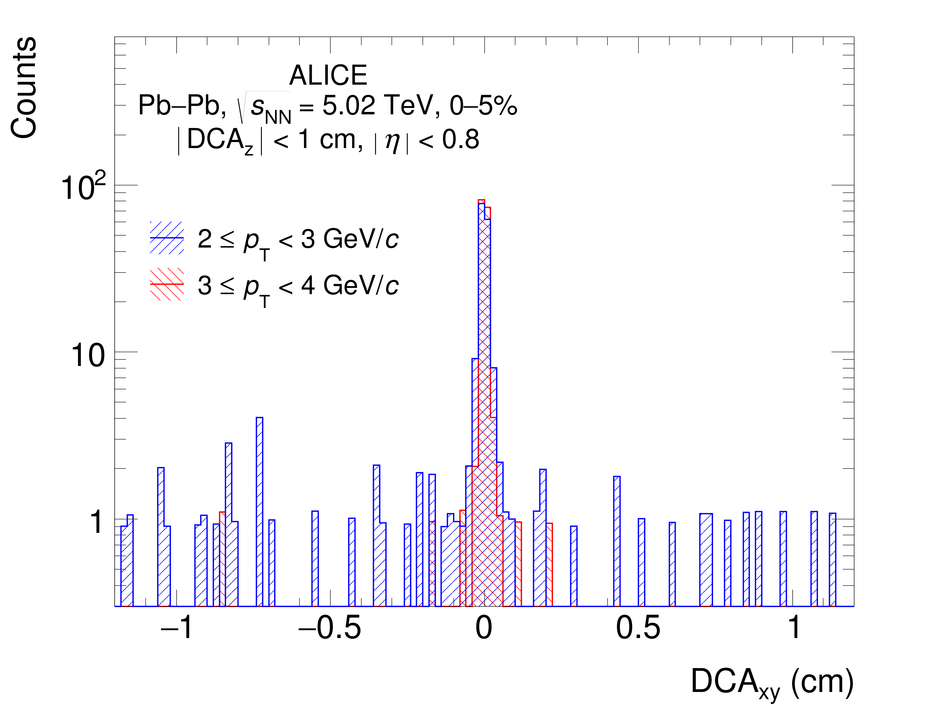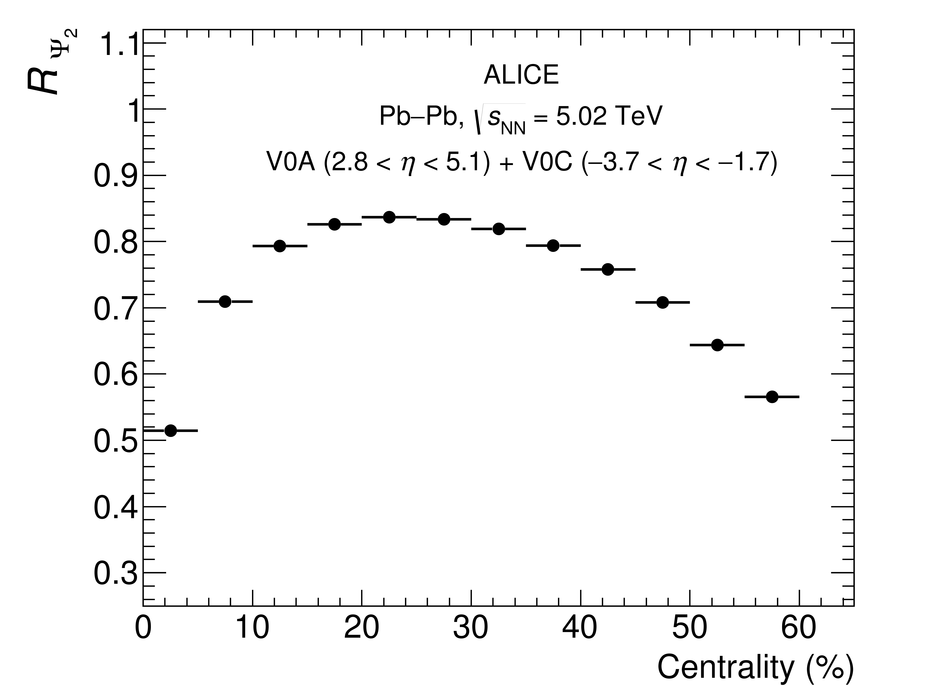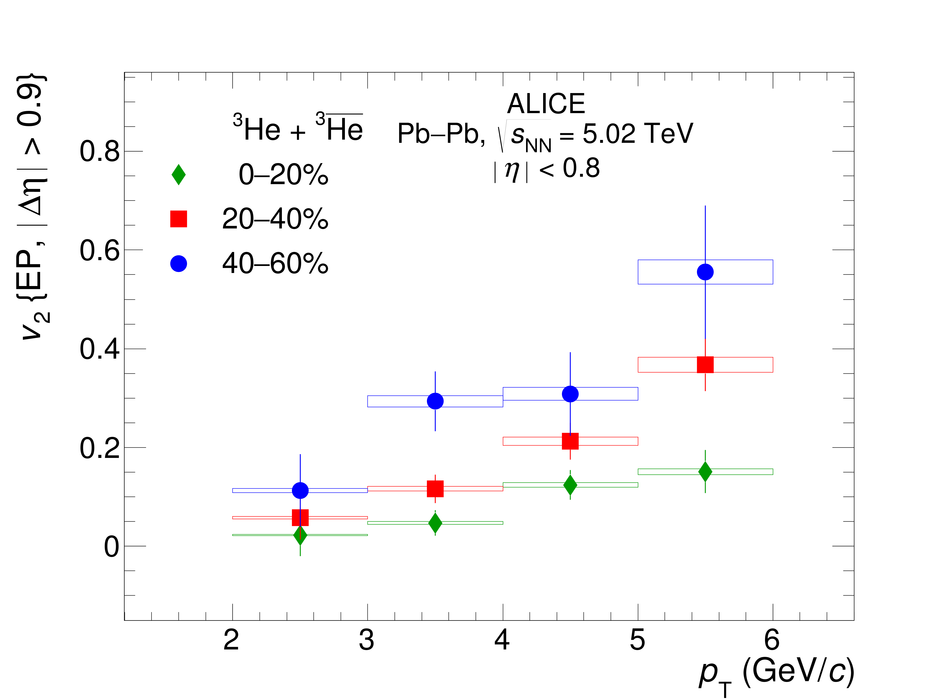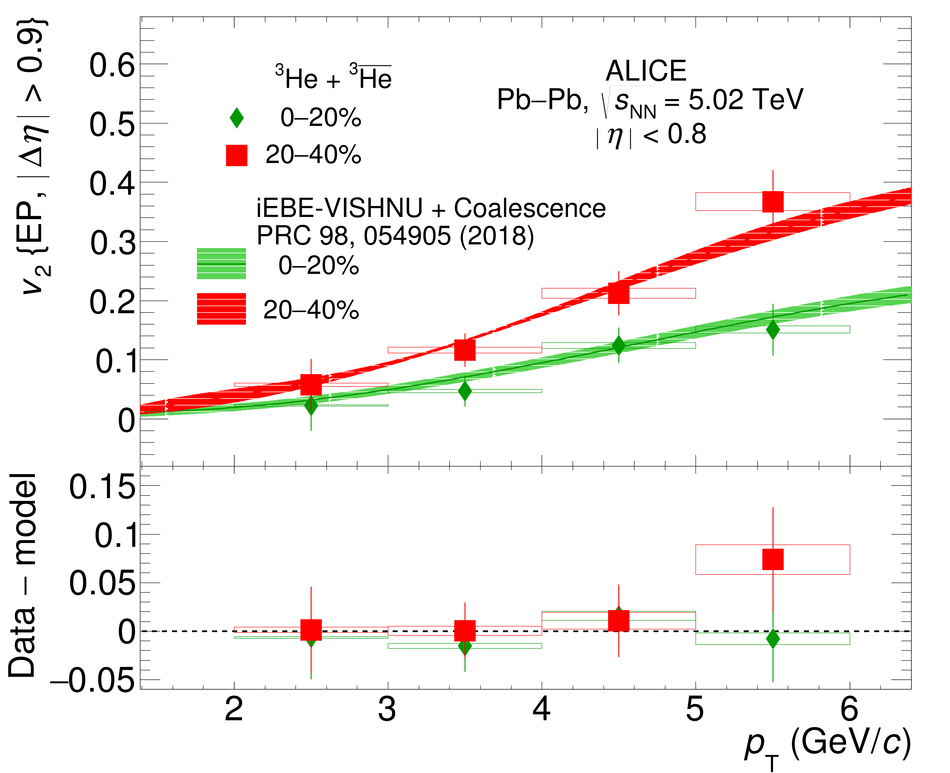The elliptic flow ($v_{2}$) of (anti-)$^{3}$He is measured in Pb-Pb collisions at $\sqrt{s_{\rm{NN}}}$ = 5.02 TeV in the transverse-momentum ($p_{\rm{T}}$) range of 2-6 GeV/$c$ for the centrality classes 0-20%, 20-40%, and 40-60% using the event-plane method. This measurement is compared to that of pions, kaons, and protons at the same center-of-mass energy. A clear mass ordering is observed at low $p_{\rm{T}}$, as expected from relativistic hydrodynamics. The violation of the scaling of $v_{2}$ with the number of constituent quarks at low $p_{\rm{T}}$, already observed for identified hadrons and deuterons at LHC energies, is confirmed also for (anti-)$^{3}$He. The elliptic flow of (anti-)$^{3}$He is underestimated by the Blast-Wave model and overestimated by a simple coalescence approach based on nucleon scaling. The elliptic flow of (anti-)$^{3}$He measured in the centrality classes 0-20% and 20-40% is well described by a more sophisticated coalescence model where the phase-space distributions of protons and neutrons are generated using the iEBE-VISHNU hybrid model with AMPT initial conditions.
PLB 805 (2020) 135414
HEP Data
e-Print: arXiv:1910.09718 | PDF | inSPIRE
CERN-EP-2019-202








